Yuki-Onna: the mysterious incarnation of the Japanese winter
In the endless world of yokai (supernatural creatures of the Japanese tradition), the figure of Yuki-Onna (雪女) stands out. Legendary snow woman, with her icy and lethal charm, embodies the terrible beauty of winter in the mountains of Japan.
Despite being known by different names and stories in the various prefectures, this character is renowned above all in the coldest and most inaccessible areas of the archipelago.

The Yuki-Onna is described as a beautiful woman with white skin, which appears on mountain trails and in snowstorms. She is dressed in a light white kimono or naked and covered only by very long hair, black or white depending on the legends. Ethereal and floating apparition in the snowy landscape on which it leaves no footprints, it can suddenly disappear turning into a cloud of fog or very fine snow.
Yuki-Onna: the Origins
The origin of this figure, like other yokai, is lost in the most ancient times. The first written trace of its history is found in the Sōgi Shokoku Monogatari, dating back to the Muromachi period (1333-1573). Here the monk Sogi describes the encounter with a woman of extraordinary beauty during his stay in the province of Echigo (current prefecture of Niigata). This mysterious woman was dressed in white, tall and with a very pale complexion and long white hair. From a young appearance, she mysteriously appeared one morning in the frozen garden of the monk. However, it disappeared just as mysteriously under the incredulous gaze of man.
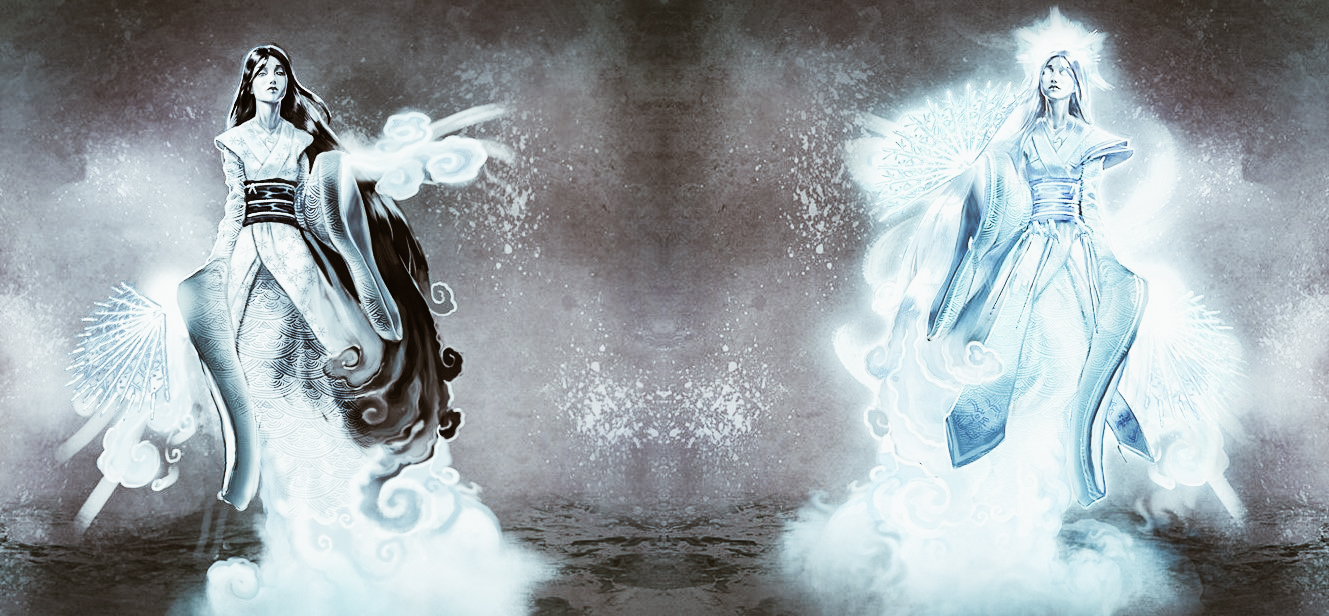
photo credits: smitefire.com
The two faces of winter
Like the winter that can manifest itself with a dazzling and serene splendor or with a cruel and lethal force, so is the Yuki-Onna. Sometimes it appears as a ruthless predator that attracts lost travelers into the storm to feed on them with their life energy. At other times it appears as a benevolent presence or even in its turn seduced by human charm.
In the most ancient stories, the monstrous and destructive aspect prevails. In fact, in these stories, parents who have lost their children in the mountains are approached by a woman. She asks them to pick up a child she can’t bring herself. The unwary who accept this invitation are destined to freeze to death, overwhelmed by the fatigue of carrying a heavier burden at every step.
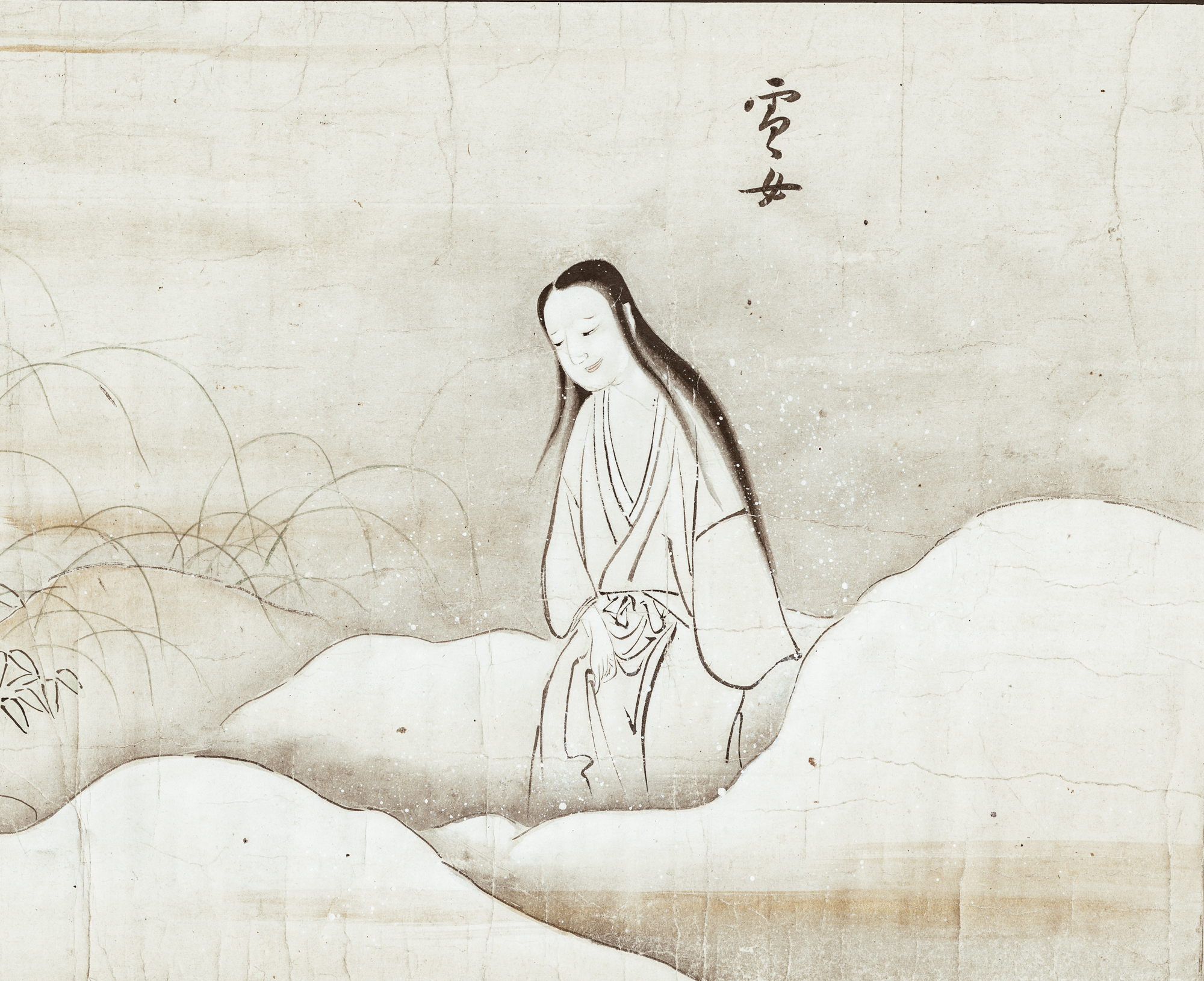
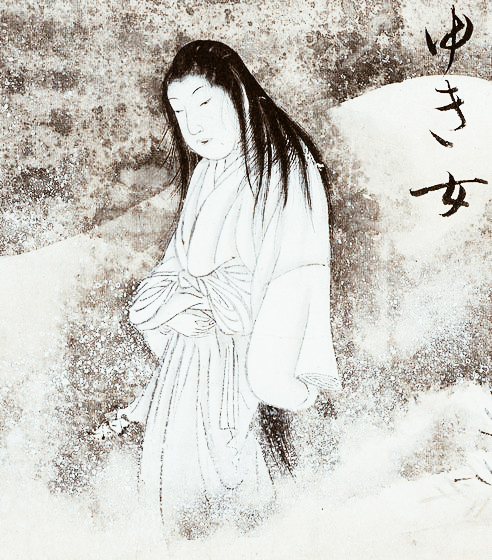
photo credits: wikipedia.org
Or in the stories, the Yuki-Onna seduces men subjugated by its otherworldly charm. They end up succumbing to his mortal kiss, able to drain their life force and freeze their hearts. Or again in dramatic stories, in which Yuki-Onna does not simply wait for the passage of bewildered travelers. Here, in fact, it enters the houses forcefully, opening doors and windows in the form of violent snowstorms, killing the unfortunate inhabitants.
In the West, we know a more romantic aspect of this reading. This is mostly thanks to the work of Patrick Lafcadio Hearn, a Ireland-born journalist and writer from Japan, also known as Koizumi Yakumo (小泉八雲).
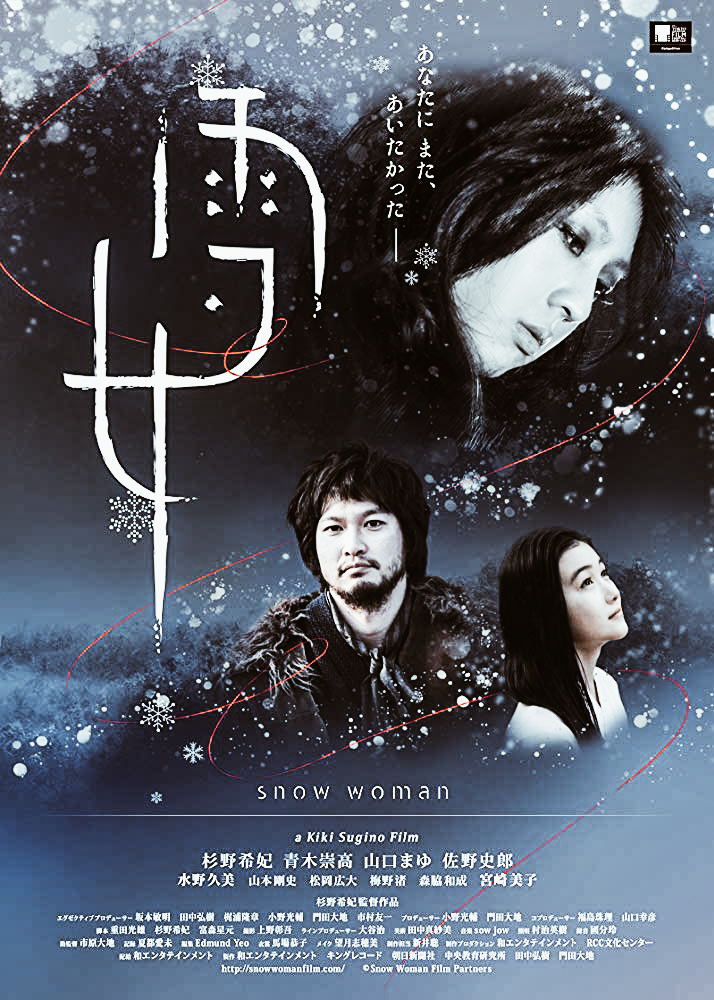
photo credits: letterboxd.com
The Lafcadio version
“Kwaidan: Stories and Studies of Strange Things” is a 1904 work containing a collection of popular beliefs and also an interpretation of the culture and customs of Japan. Here the legend narrated by Hearn speaks of two woodcutters, Elder Mosaku and his young apprentice Minokichi, who return home after a day’s work on a cold evening. The two characters surprised by a violent snowstorm find shelter in a hut near a river. Afterward, the two men lay on the floor of the hut and, overcome by fatigue, they fall asleep. During the night Minokichi is awakened by an icy wind, which seems to have opened the door and windows of the hut. Still confused by sleep and believing he is dreaming, he sees a woman dressed in white and with long hair, bending over Mosaku, intent on breathing a cold mist like breath over him.
When the woman turns to Minokichi, the young man remains enchanted by her incredible beauty. However, he cannot sustain that look that inspires an unspeakable terror. Softened by the youth and the attractiveness of the boy, the woman decides to spare his life on condition that he never reveals to anyone the existence of such a creature. If he ever spoke to any of those events, his death would be certain.
The following morning a boatman, owner of the hut, finds in his interior the now frozen body of the elderly Mosaku, but manages to rescue Minokichi, now semi-frozen to safety.
A year later…
Having overcome the terror and exhaustion of that terrible night, the young man marries a beautiful young woman named O-Yuki. Suddenly appearing in his village she was immediately well-liked by everyone for her charm and her gentle manner. For many years the two live a happy marriage, blessed by the girl’s inexplicable eternal youth, whose beauty seems to endure unchanged over time despite the birth of ten children.
Until one-day Minokichi, forgetting the promise he made, recklessly tells his wife of a supernatural creature he met many years before and that somehow seems to remind him of his charming bride. To his immense surprise, O-Yuki, suddenly transfigured by anger, reveals herself to be the woman he met that night. After having reproached her husband for not having been able to keep the promise of secrecy made so many years before, she decides to spare his life for the sake of their children. So, after warning him to take good care of them, she disappears forever.
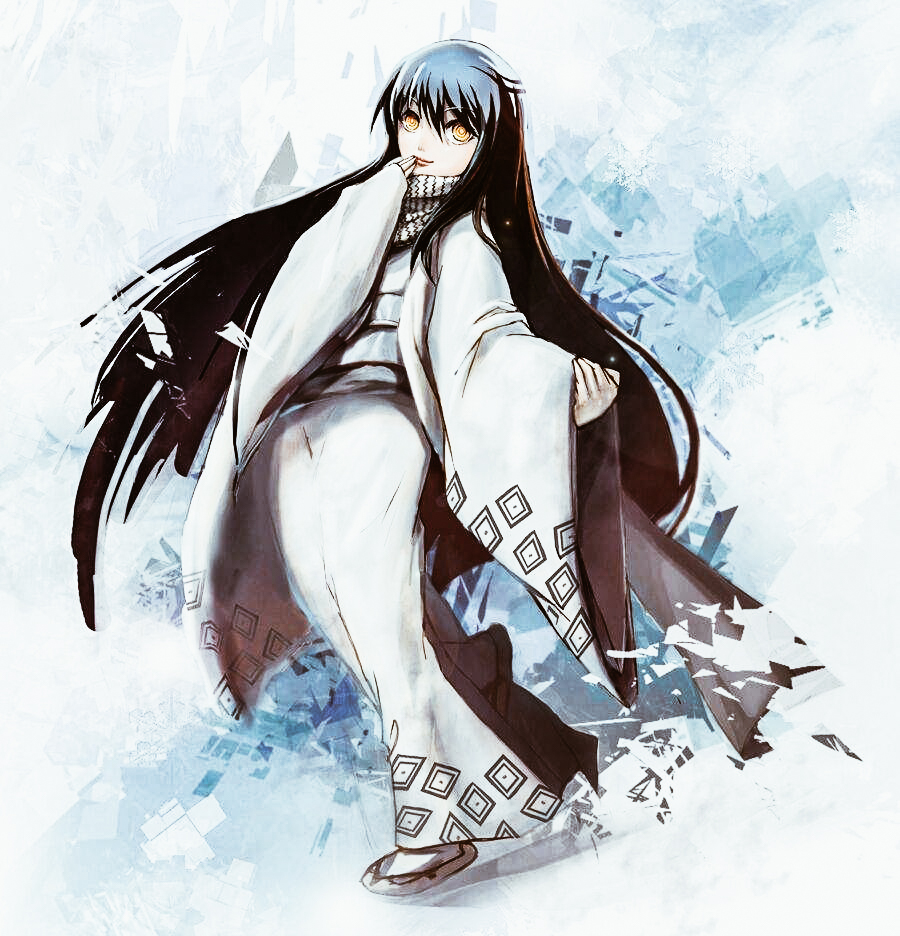
photo credits: aminoapps.com
Yuki-Onna in the contemporary age
Like the bride of Minokichi, the legend of Yuki-Onna, cruel and romantic at the same time, seems to preserve its charm over the centuries.
In fact, in contemporary times it has inspired numerous films. We remember in fact Kwaidan (怪怪) of 1965, directed by Masaki Kobayashi, winner of the special prize of the jury at the Cannes Festival. Kwaidan was also in the running for the Academy Awards with a nomination for Best Foreign Language Film.
The success of this film was followed, in 1968, by Kaidan Yukijoro by Tokuzô Tanaka, until 2016 with Yuki-Onna, directed and performed by Kiki Sugino.
The beautiful and lethal snow woman, in her innumerable variations, then appears as a protagonist or leading figure in a vast range of video games, anime and manga. Nurarihyon no Mago or Ranma ½, just to name a few. However, its timeless charm will continue to enchant us for a long time, with its eternal, candid winter.
Share this:
- Click to share on Facebook (Opens in new window)
- Click to share on Twitter (Opens in new window)
- Click to share on Tumblr (Opens in new window)
- Click to share on Pinterest (Opens in new window)
- Click to share on Telegram (Opens in new window)
- Click to share on WhatsApp (Opens in new window)
- Click to share on Reddit (Opens in new window)
- Click to print (Opens in new window)






